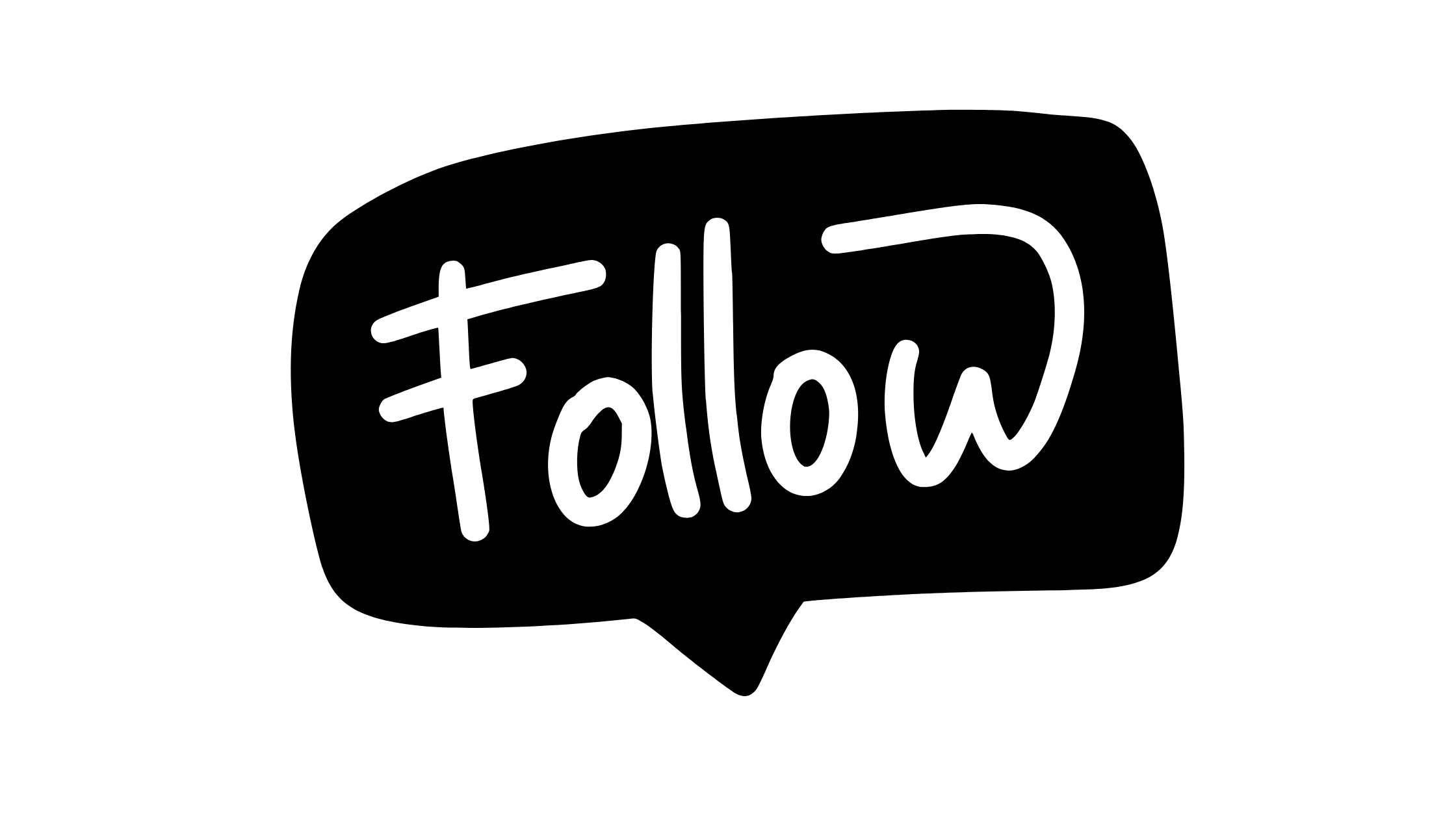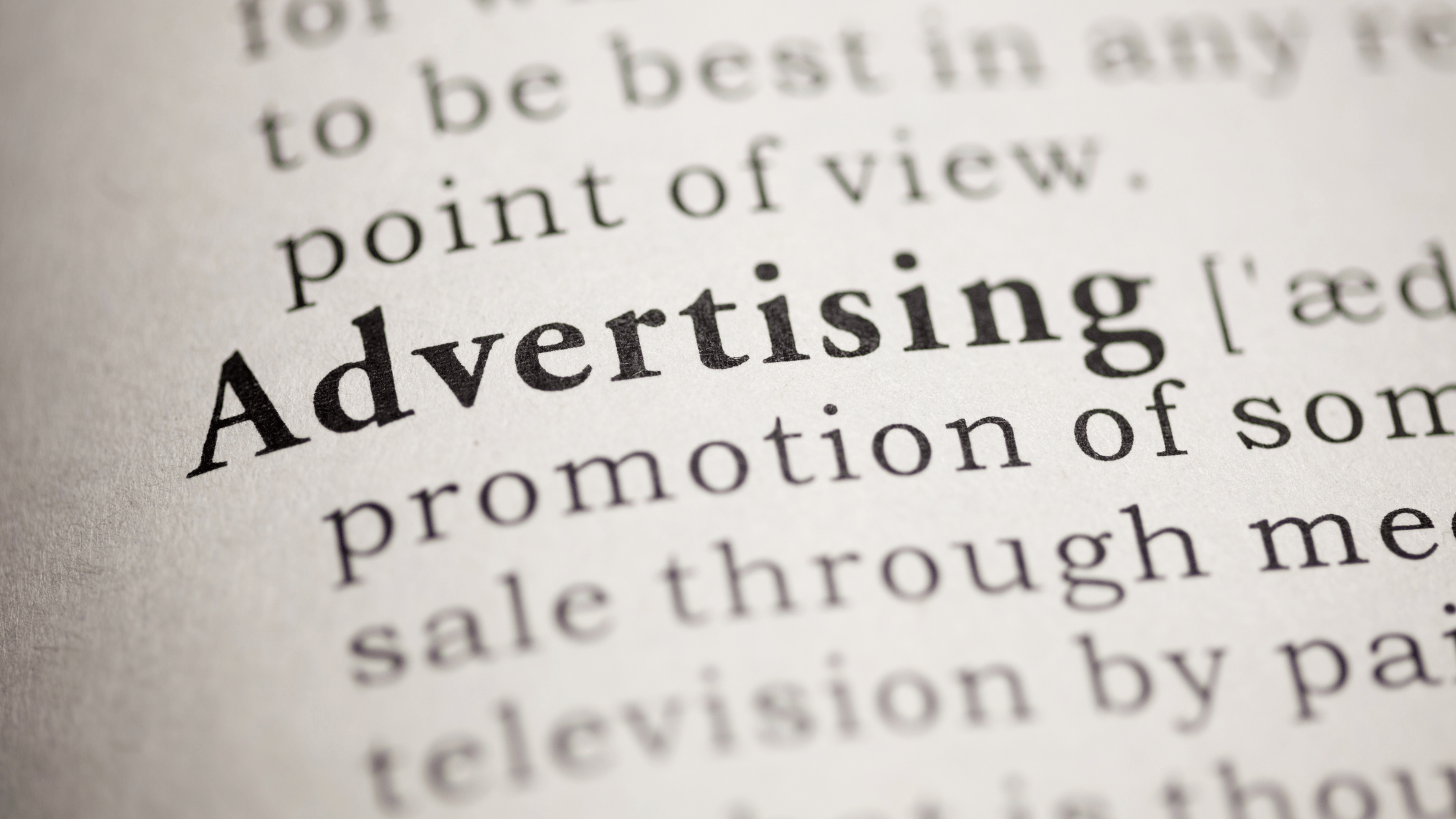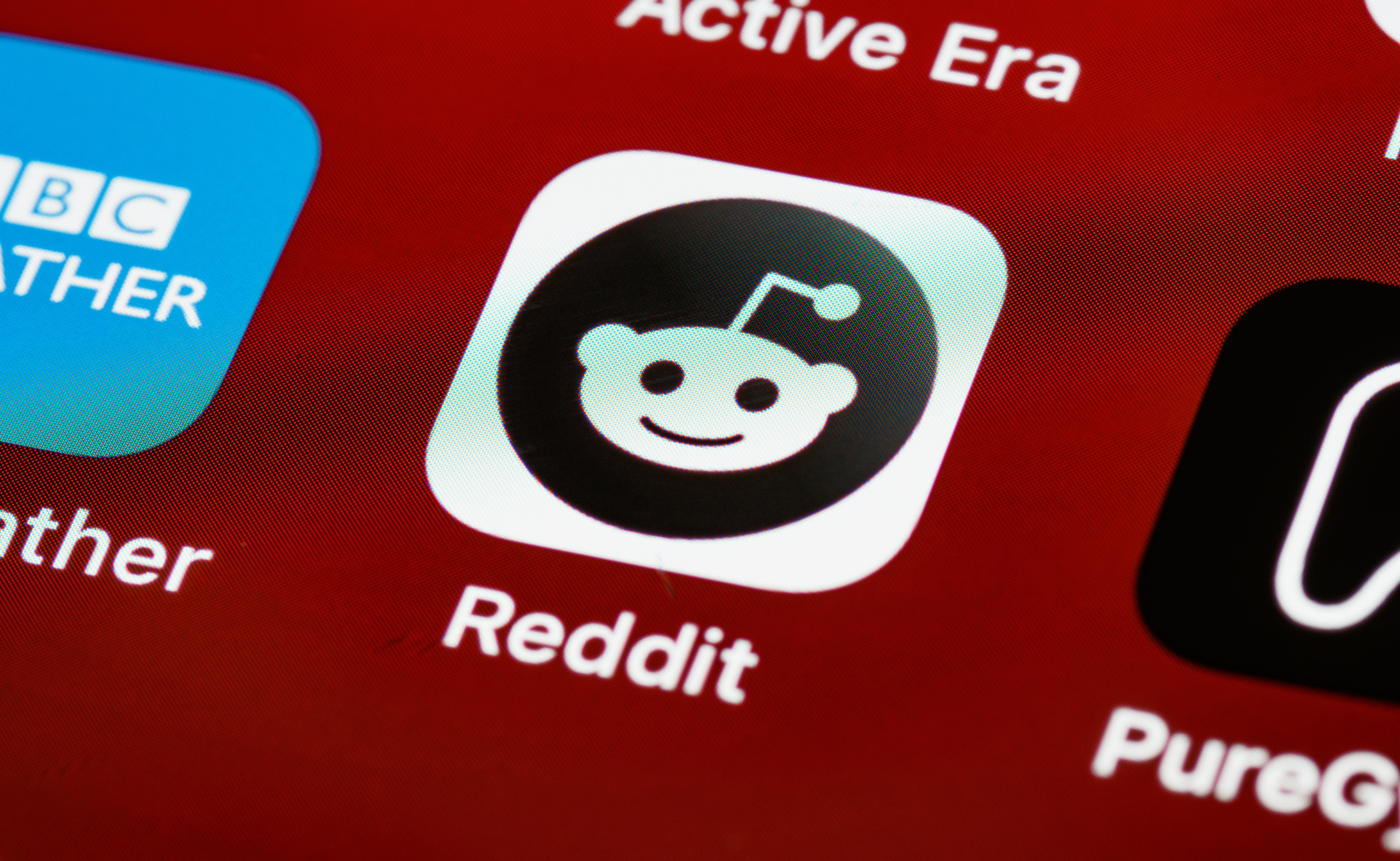How to Use Pinterest to Drive Traffic to Your Website: Strategies for Visual Marketing

Transform your marketing efforts with powerful data-driven strategies that not only enhance targeting but also significantly increase your return on investment.
Pinterest is one of the most powerful yet underutilised tools for driving website traffic. Unlike other social platforms, where posts often lose visibility after a few days, Pinterest Pins have long-lasting reach and can continue driving traffic for months, even years. Pinterest acts more like a search engine than a traditional social media site, making it a goldmine for businesses looking to boost brand awareness, generate leads, and increase sales through visual marketing.
In this guide, we’ll walk you through how to use Pinterest strategically to increase your website traffic and grow your brand’s online presence.

Why Pinterest is a Game-Changer for Website Traffic.
Pinterest boasts over 400 million monthly users, most of whom use the platform for discovering ideas, making purchasing decisions, and planning projects. Here’s why Pinterest is ideal for driving traffic:
- Search Engine-Like Functionality: Pins are searchable and appear based on keywords, so they’re discoverable by users actively seeking inspiration and solutions.
- Long Lifespan of Content: Unlike posts on other platforms, Pins can gain traction over time, remaining visible and driving traffic long after they’re created.
- Visually-Oriented Audience: Pinterest users are highly receptive to engaging visual content, making it easier for brands to capture attention and generate clicks.
- High Intent to Buy or Learn: Pinterest users often use the platform for decision-making, which means they’re likely to click through to sites for more information or to make purchases.
Strategies to Drive Traffic to Your Website Using Pinterest
Here are some tried-and-true strategies for maximising Pinterest’s potential to drive traffic to your website.
1. Optimize Your Profile and Boards for SEO
Like a search engine, Pinterest uses keywords to categorise and display content. Optimising your profile and boards with relevant keywords helps users find your content when they’re searching for topics related to your brand.
Steps to Optimize for SEO:
- Use Keywords in Your Profile: Include keywords that relate to your niche in your profile description.
- Create Relevant Boards: Organise your content with specific boards that cater to different interests, such as “Healthy Recipes,” “DIY Home Decor,” or “Social Media Marketing Tips.”
- Board and Pin Descriptions: Use clear, concise descriptions packed with keywords for each board and pin. This helps Pinterest understand and categorise your content, making it easier for users to find.
Example: If you’re a fitness coach, use board titles like “Workout Tips for Beginners” or “Healthy Recipes for Busy Days” with descriptions that mention key search terms like “home workouts,” “meal prep recipes,” and “fitness motivation.”
Create Eye-Catching, High-Quality Pins
Pinterest is a visual platform, so the quality of your pins plays a crucial role in driving clicks. Pins should be visually appealing, aligned with your brand identity, and easy to read or understand.
Design Tips for Effective Pins:
- Use High-Resolution Images: Blurry or low-quality images won’t capture attention. Choose high-resolution, professional-looking images.
- Incorporate Text Overlays: Add concise text overlays to communicate the value of the pin. For example, “5 Tips for Faster Website Speed” or “Delicious 30-Minute Dinner Recipes.”
- Brand Consistently: Use your brand colours, fonts, and logo to create cohesive branding across pins.
- Vertical Pins Perform Best: Pinterest’s layout favours vertical images, ideally in a 2:3 aspect ratio. This maximises visibility and encourages clicks.
Remember: the goal is to create a “scroll-stopping” image that compels users to learn more by clicking through to your website.
3. Use Rich Pins to Enhance Your Content
Rich Pins are a free tool that automatically syncs information from your website to your pins, offering more context and value. There are three types of Rich Pins: product, article, and recipe.
Benefits of Using Rich Pins:
- Article Pins: These pins include the headline, description, and author, making them perfect for blog posts and articles.
- Product Pins: Ideal for eCommerce, product pins display up-to-date price, availability, and purchase information, encouraging users to click and buy.
- Recipe Pins: Perfect for food bloggers or brands, recipe pins include the ingredients, cooking time, and serving size.
How to Enable Rich Pins: To set up Rich Pins, you’ll need to add meta tags to your website and validate it with Pinterest. Once enabled, Rich Pins automatically update when you make changes on your website, making them both convenient and efficient for drivi

Pin Consistently and at Optimal Times
Consistency is key on Pinterest. Regular pinning not only keeps your content in front of users but also increases your chances of reaching new audiences.
Tips for Consistent Pinning:
- Pin Daily: Aim for multiple pins each day. If that feels overwhelming, start with 5–10 pins daily.
- Pin During Peak Times: The best times to pin are typically in the evening and on weekends when users are more active. Experiment to find the ideal times for your audience.
- Schedule Pins with Tools: Use Pinterest-approved tools like Tailwind to schedule pins in advance. This lets you maintain a steady flow of content without manually pinning every day.
5. Add Pinterest Buttons and Widgets to Your Website
Adding Pinterest buttons and widgets on your website makes it easy for visitors to share your content on Pinterest, expanding your reach and driving more traffic.
Options for Pinterest Buttons and Widgets:
- Pin It Button: Add a “Pin It” button to each blog post, product page, or image on your website, encouraging visitors to share your content on Pinterest.
- Pinterest Follow Button: Place a follow button on your website to grow your Pinterest audience and increase visibility.
- Embedded Boards or Pins: Use Pinterest’s widget builder to embed specific boards or pins directly onto your website.
Encouraging visitors to pin your content increases its chances of being seen by new audiences, ultimately driving more clicks back to your site.
Use Engaging, Keyword-Rich Descriptions
The descriptions on your pins are crucial for Pinterest’s algorithm to understand and categorise your content. By adding descriptive, keyword-rich captions, you increase your chances of appearing in relevant searches and reaching the right audience.
Tips for Writing Compelling Descriptions:
- Be Specific: Include details that explain what the pin is about. Use keywords naturally within the description.
- Use a Call-to-Action: Encourage users to take action with phrases like “Click to learn more,” “Save for later,” or “Read the full guide.”
- Incorporate Hashtags: Hashtags are searchable on Pinterest, so add a few relevant ones to increase discoverability. For example, if you’re posting a recipe pin, use hashtags like #HealthyRecipes, #MealPrep, or #30MinuteMeals.
Leverage Pinterest Analytics to Refine Your Strategy
Pinterest Analytics provides valuable insights into what’s working, allowing you to refine your strategy based on real data.
Metrics to Monitor:
- Impressions: How many times your pins were viewed. High impressions indicate that your pins are visible to users.
- Clicks: This shows how many users clicked on your pins and visited your website, helping you understand what types of content are most effective.
- Saves: Tracks how many users saved your pins to their boards. High saves mean your content is resonating with users and may continue driving traffic over time.
How to Use This Data: Analyse which pins are getting the most impressions, clicks, and saves, and create more of that type of content. For instance, if recipe pins drive more clicks, focus on creating similar pins or testing different keywords to increase engagement.
Experiment with Promoted Pins
If you’re looking to increase your reach further, consider Pinterest’s advertising options. Promoted Pins allow you to target specific audiences, increasing your content’s visibility and driving more traffic.
Types of Pinterest Ads to Try:
- Traffic Ads: These are optimised to drive clicks to your website.
- Awareness Ads: Designed to increase the visibility of your brand on Pinterest.
- Conversion Ads: Best for businesses looking to drive sales or specific actions.
Promoted Pins blend naturally into users’ feeds, making them feel less intrusive and more likely to be clicked. Experiment with different ad types and budgets to see what works best for your business.
Final Thoughts
Pinterest is a powerful platform for visual marketing, offering brands the chance to drive long-term traffic to their websites through evergreen content. By focusing on keyword optimisation, high-quality visuals, consistent pinning, and engaging descriptions, you can tap into Pinterest’s immense potential to attract new visitors to your site and grow your brand’s online presence.
Get started by creating eye-catching pins, crafting boards that showcase your brand, and optimising your content with the strategies above. Over time, you’ll build a strong Pinterest presence that consistently drives traffic, leads, and sales to your website.



















